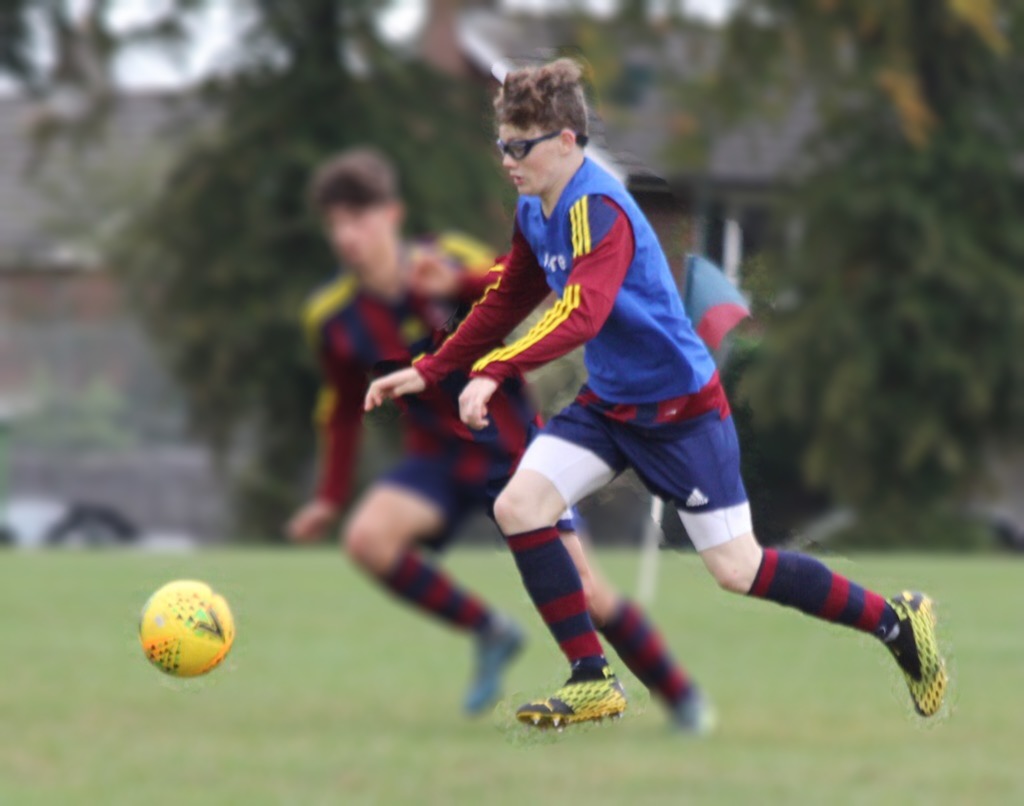Main Menu
Latest Blog Entry
User login
Vladimir Issurin: Block Periodisation, UKSCA lecture.

Vladimir Issurin
Vladimir Issurin is a Coach with the Israeli Olympic Committee and Masters swimmer. His lecture compared traditional periodisation with block periodisation.
He started by comparing training and competition days between 1980-1990 and from 1991-2000 across a variety of sports.
The first decade (pre fall of Berlin wall) was characterised by more training in volume and less competition days compared to the more recent decade. So, with less preparation time, the traditional periodisation model from Mateyev with 2-3 peaks a year would not work.
Issurin said the limitations of the traditional model were the low stimulation produced by mixed training (high stimulation is needed to produce high levels of fitness) and excessive fatigue accumulation. This led to the inability to take part in many competitions.
Block periodisation is the sequence of highly concentrated specialised workouts. The mesocycles are blocks where there is a focus on a minimal number of targets and the total number of blocks is relatively small.
Anatoly Bondarchuk used:
- a developmental mesocycle of 4 weeks
- a competitive mesocycle of 4 weeks
- a restoration mesocycle of 2 weeks
The total duration of this training stage was 9-10 weeks.
(Two of my colleagues at GAIN Martin Bingisser and Nick Garcia use the Bondarchuk method of training and they refute Issurin’s understanding of it.)
What it looks like in Practice
Accumulation: basic motor/ technical abilities, aerobic endurance (necessary to combat stress hormones post competition).
Transmutation: specific motor/ technical abilities, anaerobic endurance, specific endurance, technical well controlled work. Here the athlete will be fatigued, so the mesocycle must be short- 3 weeks is optimal.
Realisation: Tapering, full restoration. speed. This part should not be longer than 2 weeks.
This would then be repeated throughout the year depending on the competition schedule.
Conclusion
Issurin was quite adamant that mixed training doesn’t work, it leads to an imbalance in homoeostasis and the body can’t cope with the stress hormones.
From personal experience I would concur with those conclusions- the exceptions being with junior athletes who are using low levels of intensity and are just getting fit through accumulation of total work.
There are some interesting points in this lecture, but I thought the delivery was over long and there was some repetition. It wasn’t really ground breaking as this information has been available for some time.
Further reading:
Client Testimonials
 Sam Malcolm
Sam Malcolm
My son, Sam (17), has been working with James over the past fourteen months, during which time Sam has been making the transition from youth to senior football. James has undertaken regular (weekly/biweekly) individual sessions and provided a structured programme for Sam to work on in between the face to face meetings. I have been […]
More


Comments
[…] Vladimir Issurin Block Periodisation […]